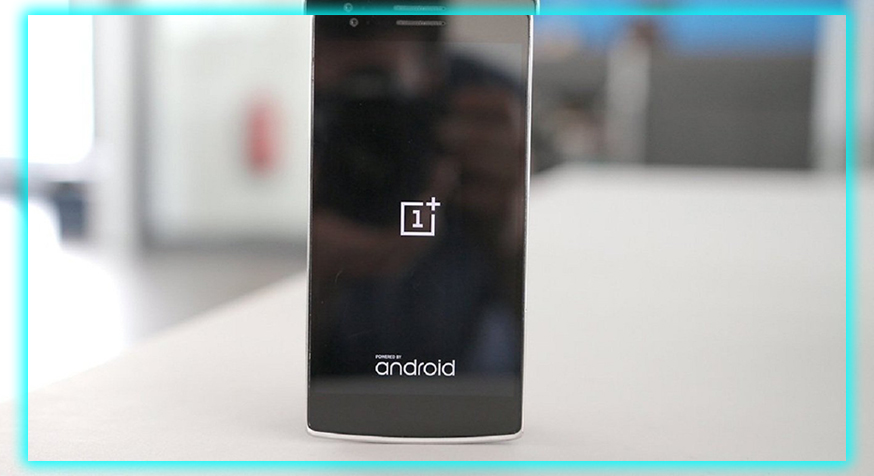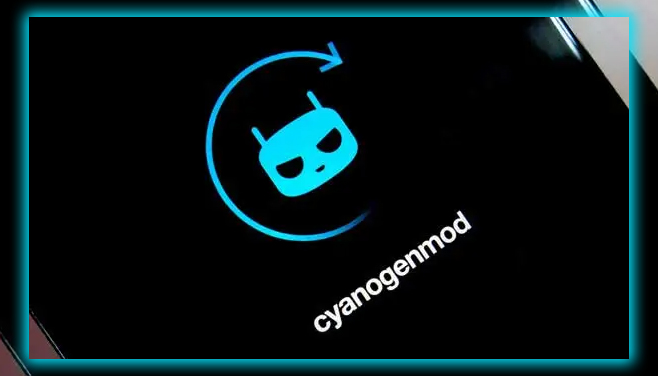

Forks Knives
Cyanogen’s closure shouldn’t surprise anyone following the company’s recent news, which reportedly included workforce reductions and a move toward apps. But while Cyanogen, the company, might have lost a lot of momentum. CyanogenMod, the OS, still represented Android in its finest form. This true crowd-sourced collaboration refused to fly under the phabet’s flag. And for fans who dutifully downloaded the builds of the rogue OS. Friday’s news was an ignominious end.
At one time, McMaster’s bold proclamation that Cyanogen was attempting to take Android away from Google didn’t seem too far-fetched. Android was gaining market share on the backs of lesser-known phones with slapdash OSs. And the notion that an alternate version of Android could wrest control of Google’s vision was tangibly possible. Cyanogen had just partnered with scrappy hardware startup OnePlus. Even Microsoft, via a Cyanogen partnership. And was willing to bet that the modified OS was about to break out of its niche status. And become a significant player in the smartphone space.
In many ways, Cyanogen encapsulated more of the spirit of the Apple mobile OS project than Android itself ever did. As an early offshoot of the mainstream project designed and supported by habitual modders. Cyanogen was more aligned with the iOS jailbreaking community than Android proper. Bringing customization features far beyond those available in the stock OS.


But almost as quickly as Android took off, Google began reining it. By implementing stricter rules for manufacturers to prevent further fragmentation. Including licensing of its apps, mandatory inclusion of its search bar widget. And actively working to keep deviant versions of Android on the fringes. Nonetheless, CyanogenMod persisted, surviving to cease and desist orders; takeover rumors were generally handled with consternation.
And now it’s all over. Google won, not by waging war with Cyanogen, but by doubling down on its vision, forging partnerships with manufacturers. And working to ensure that Google’s Android remained the world’s Android. And now, with the Pixel custom launcher and built-in Assistant, Google has made the phone it always envisioned for Android. It feels like the start of a new direction. With Cyanogen shutting its digital doors, future mods from Apple’s closest partners might not stray so far from home.
Future Proof
Fans of endless customization can still have fun with Android. In response to Cyanogen’s sudden announcement. The CyanogenMod team vowed to press on, promising to continue the development of the project under the new Lineage OS. It’s a fitting name for what will likely be a distant resemblance. Of what Cyanogen could have been and very nearly was.


But in its failed quest to divorce Android from Google, Cyanogen illuminated the pitfalls built into the system. While anyone is free to create a modified version of the OS with their own apps, widgets, and launchers. The road to any real mainstream success is fraught with uncertainty.
And that’s how Google wants it. The future of Android is very much back in its hands; for the first time. It is actively pushing its vision of the OS to the masses. Indeed, the system that runs on top of the Pixel isn’t pure Android, either. It’s a custom fork, and no one else can have it. And now that Cyanogen is dead. Google can work to ensure Android stays forever entwined with its DNA. And that a threat to its dominance never rises again.














